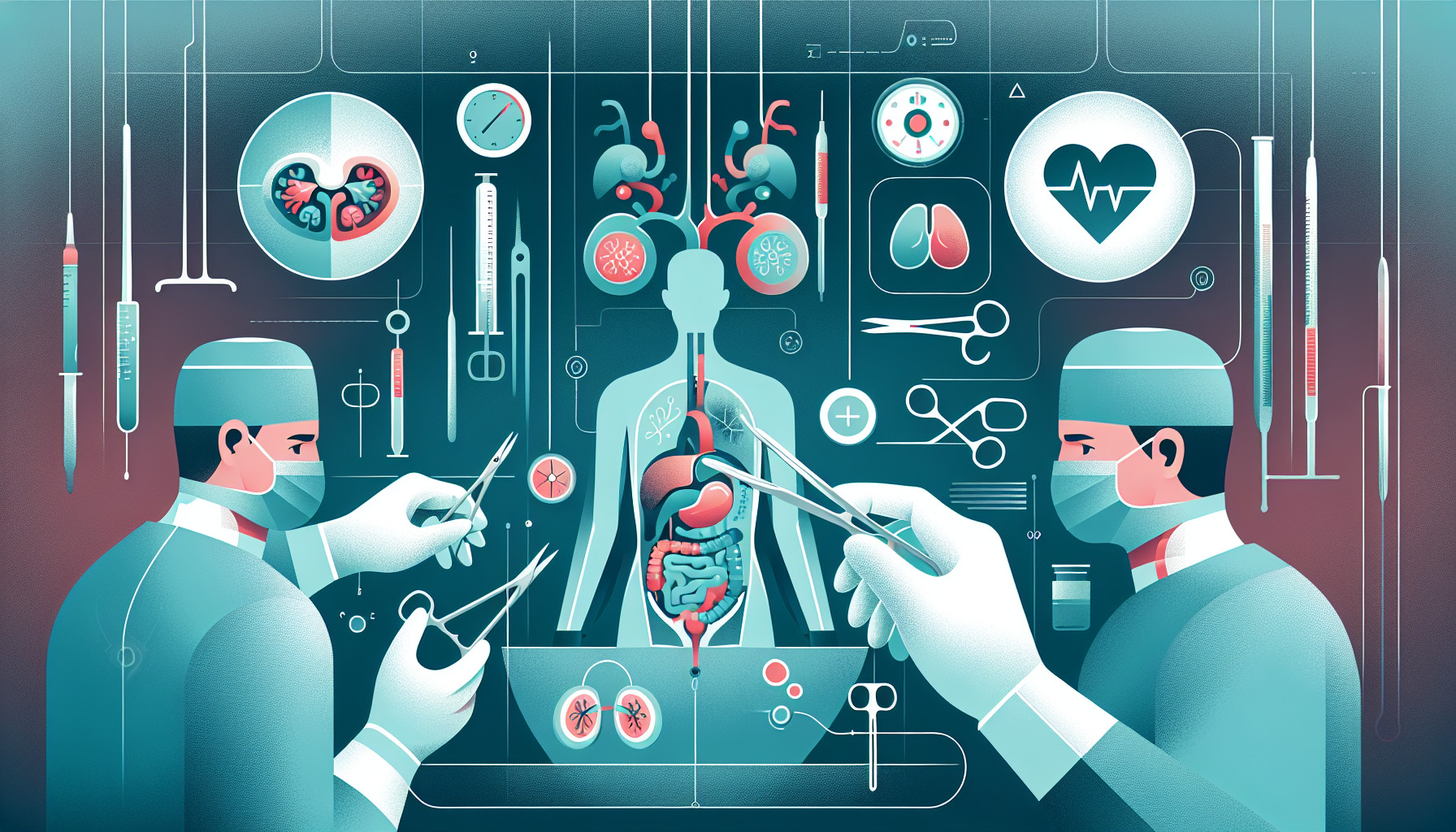Our Summary
This research paper looks at the link between testicular microlithiasis (TM), a condition where small clusters of calcium form in the testes, and the risk of developing testicular cancer or fertility problems. The researchers carried out a review of previously published studies, which included a total of 595 children with TM. They found that only one of these children developed testicular cancer during puberty. Meanwhile, in adults with TM and other risk factors such as a history of undescended testes, previous testicular cancer or fertility problems, there was a higher likelihood of developing testicular cancer.
The researchers suggest that the difference between children and adults might be due to the shorter time children were followed up in the studies, ranging between six months and three years. Given that testicular cancers usually develop from puberty onwards, it’s possible that some cases might not have been detected in the studies.
The paper concludes that TM is often found by chance and doesn’t appear to be linked to testicular cancer in children. However, in adults with certain risk factors, there is a connection. The researchers recommend that children with risk factors should perform routine monthly self-checks of their testes from puberty onwards. If TM is still present when they become adults, more frequent check-ups might be needed.
FAQs
- What is the link between testicular microlithiasis (TM) and the risk of developing testicular cancer in children?
- How often should children with TM and other risk factors perform self-checks of their testes?
- Why is there a higher likelihood of developing testicular cancer in adults with TM and other risk factors such as a history of undescended testes, previous testicular cancer, or fertility problems?
Doctor’s Tip
A helpful tip a doctor might tell a patient about pediatric urologic reconstruction is to ensure that they follow their post-operative care instructions carefully, including taking any prescribed medications, attending follow-up appointments, and avoiding activities that could strain the surgical site. It’s also important to communicate any concerns or changes in symptoms to the doctor promptly.
Suitable For
Patients who are typically recommended pediatric urologic reconstruction include children with congenital anomalies of the genitourinary system, such as hypospadias, vesicoureteral reflux, obstructive uropathy, and bladder exstrophy. Other conditions that may require pediatric urologic reconstruction include ureteropelvic junction obstruction, posterior urethral valves, and neurogenic bladder. Patients with recurrent urinary tract infections, urinary incontinence, and urinary retention may also benefit from pediatric urologic reconstruction.
Timeline
Overall, the timeline of a patient before and after pediatric urologic reconstruction may include the following steps:
Before pediatric urologic reconstruction:
- Diagnosis of a urologic condition such as hypospadias, vesicoureteral reflux, or bladder exstrophy.
- Consultation with a pediatric urologist to discuss treatment options.
- Pre-operative evaluations and tests to assess the patient’s overall health and determine the best surgical approach.
- Surgical intervention to correct the urologic condition, which may involve multiple procedures over time.
- Post-operative care to monitor the patient’s recovery and ensure the success of the reconstruction.
After pediatric urologic reconstruction:
- Follow-up appointments with the pediatric urologist to assess the outcome of the reconstruction and address any concerns or complications.
- Long-term monitoring of the patient’s urologic health to ensure the success of the reconstruction and prevent future issues.
- Ongoing support and education for the patient and their family to help them adjust to any changes in urologic function or appearance.
- Continued collaboration with other healthcare providers, such as physical therapists or psychologists, to address any physical or emotional challenges related to the reconstruction.
Overall, pediatric urologic reconstruction is a complex and multi-faceted process that requires careful planning, skilled surgical intervention, and long-term follow-up to ensure the best possible outcomes for the patient.
What to Ask Your Doctor
Some questions a patient should ask their doctor about pediatric urologic reconstruction include:
- What is the reason for the need for urologic reconstruction in my child?
- What are the potential risks and complications associated with the procedure?
- How long will the recovery process take, and what can we expect during this time?
- Are there any alternative treatment options available for my child’s condition?
- What is the success rate of pediatric urologic reconstruction procedures?
- Will my child require any additional surgeries or treatments in the future?
- How will the reconstruction affect my child’s long-term health and quality of life?
- Are there any lifestyle changes or restrictions my child will need to follow post-surgery?
- What follow-up care will be necessary after the procedure?
- Are there any specific warning signs or symptoms we should watch for after the surgery?
Reference
Authors: ’t Hoen LA, Bhatt NR, Radmayr C, Dogan HS, Nijman RJM, Quaedackers J, Rawashdeh YF, Silay MS, Tekgul S, Stein R, Bogaert G. Journal: J Pediatr Urol. 2021 Dec;17(6):815-831. doi: 10.1016/j.jpurol.2021.06.013. Epub 2021 Jun 13. PMID: 34217588
